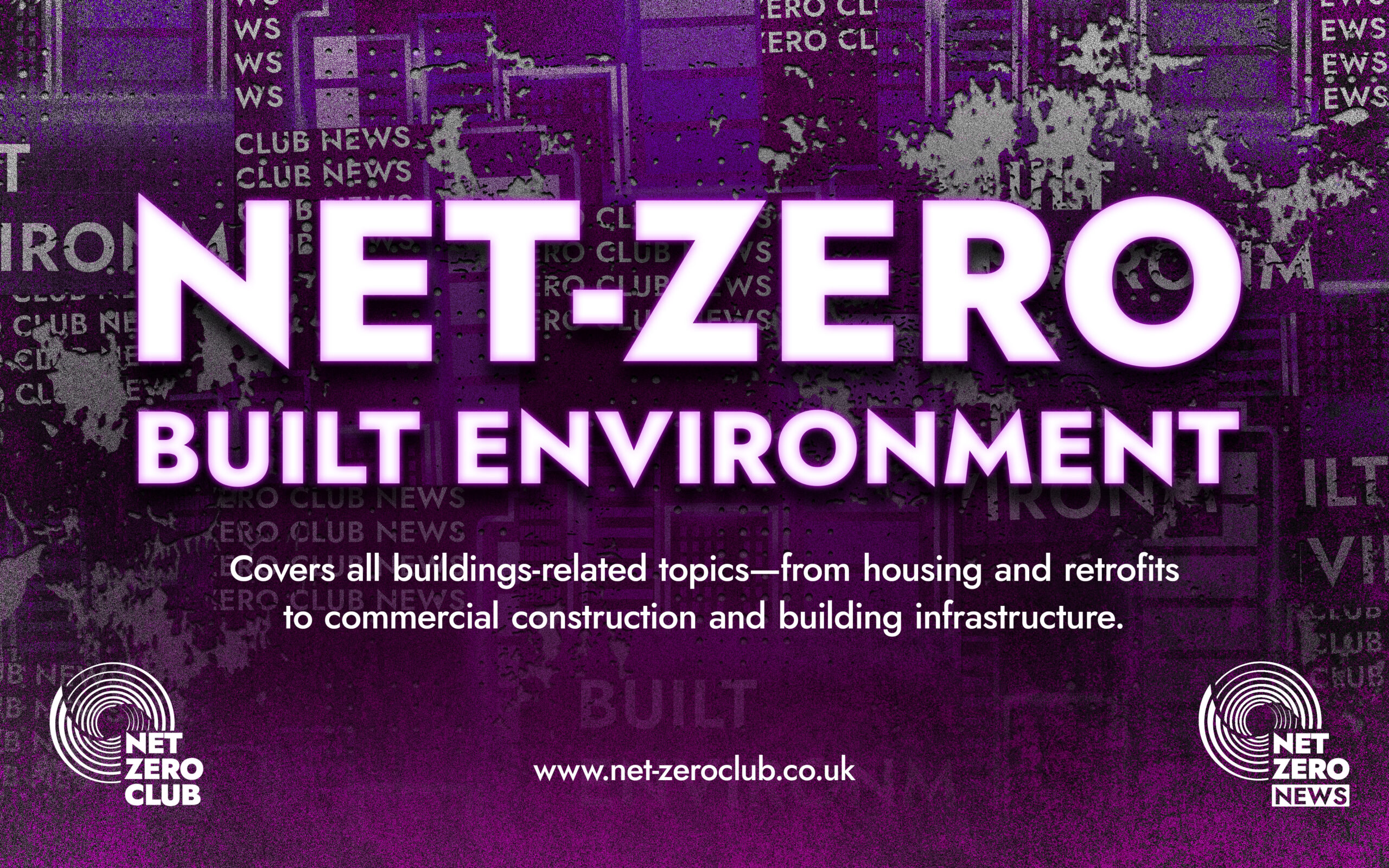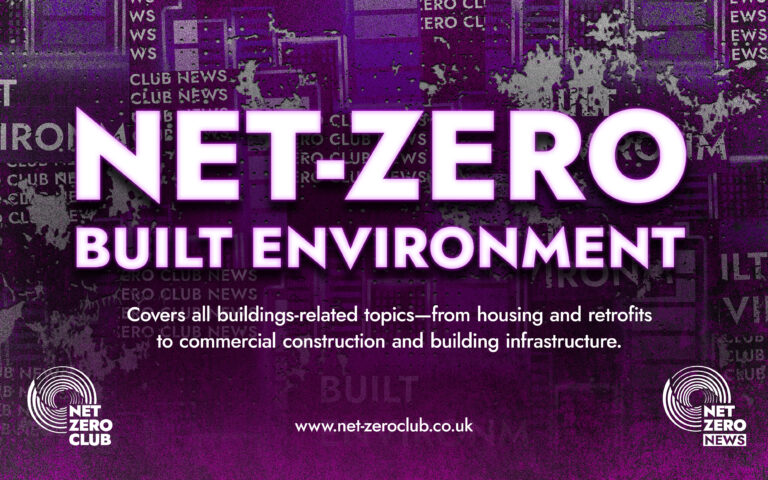5 Key Factors in EU-India Trade Talks’ Final Stage

Welcome, Net Zero News readers! Today, we delve into the intricate landscape of international trade as the European Union (EU) and India accelerate their negotiations towards a long-awaited trade agreement. With political momentum building on both sides, the stakes are higher than ever as they grapple with complex issues ranging from agriculture to sustainability. Let’s unpack the key elements that are driving this crucial dialogue.
The backdrop of these discussions is marked by the impact of former US President Donald Trump’s tariffs, which have compelled both the EU and India to seek alternative trade partnerships. As we approach the end of the year, with only three months left to seal a deal, the challenges ahead are significant but not insurmountable.
1. Renewed Appetite for Trade
The tariff policies instituted during Trump’s administration have provided a renewed impetus for trade negotiations between the EU and India. With Indian imports facing tariffs as high as 50% and the EU not far behind with a 15% tariff on many goods, both regions are keen to strengthen their economic ties.
“With the knowledge that Trump would take office, Delhi began signalling its intent to Europe, eager to forge a robust trade relationship to mitigate the uncertainties brought about by tariffs,” explains Garima Mohan, a senior fellow at the German Marshall Fund.
In a significant gesture of commitment, European Commission President Ursula von der Leyen and Indian Prime Minister Narendra Modi pledged to finalise a trade agreement by the year’s end — a timeline both leaders acknowledge is ambitious.
2. A Complicated Trade History
Despite the enthusiasm for a new trade agreement, the historical context reveals a complicated relationship between India and the EU. While India is navigating its protectionist instincts, it has been actively working to deepen its trade ties with nations like Japan and Australia.
India stands as the EU’s second-largest trading partner, and thus a successful trade deal is paramount. However, past negotiations have been fraught with challenges, particularly surrounding sensitive issues such as agricultural protectionism and intellectual property rights regarding generic pharmaceuticals.
“Negotiating with India has always been challenging, especially when it comes to the more sensitive topics,” reflects Ignacio García Bercero, former chief negotiator for the EU regarding India.
3. The Impact of Geopolitical Tensions
The ongoing conflict in Ukraine adds another layer of complexity to the trade talks. The EU is keen to diversify its trade relationships, but India’s historical ties with Russia complicate this aspiration. An anonymous EU official noted that the divergence of views regarding Ukraine is one of the significant hurdles in negotiations.
As India remains engaged in military exercises with Russia, the EU finds itself in a precarious position. Trump has further escalated tensions by suggesting that the EU impose tariffs as high as 100% on Indian goods due to its ties with Russia.
“There is an understanding that we must bridge our differences,” the official remarked, hinting at the need for a cohesive strategy to navigate these geopolitical tensions.
4. Technical Challenges Ahead
Beyond geopolitical issues, the trade talks are also hampered by technical discrepancies in various sectors. Long-standing disputes over car parts, wines, spirits, and agricultural products persist. Earlier this year, both parties agreed to set aside particularly sensitive agricultural sectors, including dairy and sugar, to facilitate smoother negotiations.
The EU’s insistence on sanitary and phytosanitary measures and its objections to Indian Quality Control Orders, which mandate conformance to Indian standards, are further complicating matters. Additionally, India’s reluctance to endorse binding sustainability provisions for trade raises concerns about the commitment to environmental agendas.
5. Temperature Check on EU Trade Priorities
The outcome of these negotiations will serve as a litmus test for the EU’s trade priorities, particularly in relation to its green agenda. As calls for pragmatic approaches to trade deals grow louder, the EU must balance its environmental objectives with the geopolitical realities of the moment.
“The India deal will reveal how much the EU is willing to adjust its green trade ambitions in the face of geopolitical pressures,” says Angelika Niebler, chair of the European Parliament’s delegation for relations with India.
As we await the next round of negotiations, the path ahead for the EU-India trade agreement remains fraught with both challenges and opportunities. The commitment shown by both leaders is encouraging, and it will be fascinating to see how they navigate the intricate web of historical tensions, geopolitical realities, and the pressing need for a sustainable trade framework.
In conclusion, the EU-India trade talks stand at a pivotal juncture, and as champions of net zero and sustainable practices, we must keep a close eye on how these discussions unfold. The implications of this agreement could resonate far beyond trade, influencing global economic dynamics and environmental policies for years to come.

 Got net-zero news, project updates, or product launches to share?
Got net-zero news, project updates, or product launches to share? 